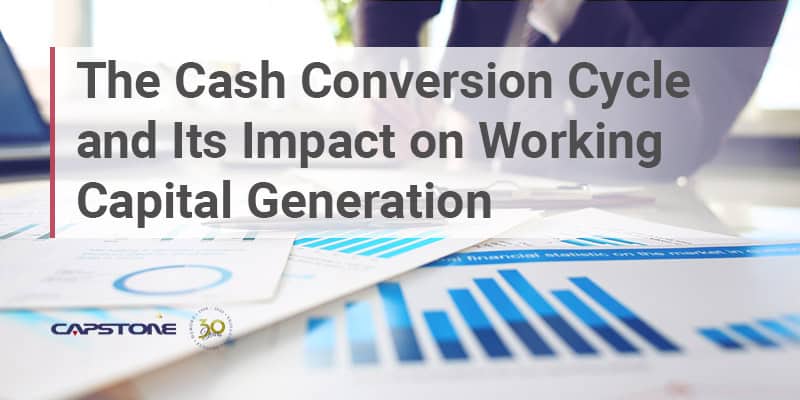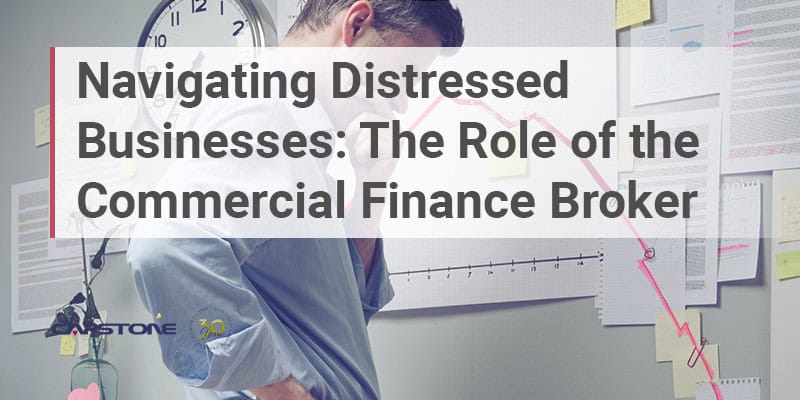Jeff Bezos received the initial capital for Amazon when his parents offered to invest almost their entire life savings in his idea. Most startup and small business owners don’t have this luxury or might prefer to pass on such an offer anyway. Still, companies typically need to seek a source of outside financing in order to manage cash flow and grow.
On the positive side, some financial institutions offer flexible financing for various kinds of businesses. Explore the pros and cons of invoice factoring vs. a bank line of credit, two popular alternatives for new and small business funding. The best solution really depends upon the kind of customers a business has and how they invoice clients.
Pros and Cons of Invoice Factoring Vs. a Bank Line of Credit
Even though invoice factoring (also known as “A/R” or “accounts receivable” factoring) and bank lines of credit can both provide flexible business financing, they don’t work the same way. Most of all:
- A bank line of credit equals debt: Getting a line of credit from a bank increases the company debt on their Balance Sheet. Interest on this debt may indicate that the business ends up having to pay back considerably more than they borrowed. Outstanding debt might make it difficult to qualify for other kinds of financing. High interest on some lines of credit can even generate future financial difficulties.
- Invoice factoring equals a sale: In contrast to a line of credit, invoice factoring does not increase business debt. In fact, it a sale of an asset that generates cash flow. It true that factoring companies charge a fee; however, they also relieve the business of the effort of collecting payments and make it easier for businesses to grant and extend credit to their own customers.
Is Qualifying for Invoice Factoring Harder Than Qualifying for a Bank Line of Credit?
In general, qualifying for invoice factoring depends upon:
- Customers: Factoring companies rely upon the creditworthiness of invoiced customers and not the business selling the invoices. Thus, they favor businesses with B2B or B2G invoices. Most factoring companies also prefer to deal with domestic customers as well.
- Invoice timing: For non-recourse transactions, the factoring company will assume the risk of collecting receivables and won’t want to take on any additional risk that a business is unable to deliver on the goods or services they’ve billed their customer for. Therefore, the business must submit invoices for delivered goods or services that have been completed/ accepted and not in-process or planned work.
In contrast, businesses need to demonstrate creditworthiness and financial strength to qualify for a bank line of credit. Approval can take time. After approval, banks and similar lenders generally make it relatively easy and fast to draw upon the funds.
How Much Does AR Factoring Cost?
As with any kind of financing, costs may vary depending upon the unique business and the factoring company you use. In general, expect fees to range from two to four percent for the first 30 days a balance is outstanding with the factor company, usually depending upon many factors such as the general creditworthiness of customers and how long it takes them to pay. Typically, businesses can, expect upfront advances of 70 to 80 percent of the total invoice. The factoring company will also issue a rebate for the rest (minus fees) after successful invoice collections.
How Much Does a Bank Line of Credit Cost?
Interest rates typically depend upon the company creditworthiness and the size of the draw. For some customers, banks might charge as little as five percent; however, they can charge as much as 20 percent.
With a bank line of credit, the borrowers only need to pay interest on money they actually take and not the entire maximum line of credit. On the other hand, some banks also charge periodic fees to manage the account, even if the business doesn’t use any credit facility.
Is Invoice Factoring or a Bank Line of Credit Better?
For a business with the right kind of receivables, invoice factoring can offer several advantages over a bank line of credit. For example:
- Lower financing costs: When a factor company pays for invoices, they generally only subtract a small fraction of the total for fees.
- No additional debt: Businesses sell invoices to a factoring company and don’t need to assume extra debt or pay to service that debt.
- Reduced collection effort: The factoring company will issue an advance to the seller and handle the collection of the receivable from there.
- Easier approval for businesses with creditworthy customers: Businesses with domestic B2B or B2G invoices for delivered products and services should enjoy quick approval.
Partner With Capstone for Fast Business Funding
Businesses in all types of industries need to deliver products or services, issue invoices, and then wait to get paid. Capstone invoice factoring services can provide upfront funding, so their clients don’t have to wait to get the working capital that they need to pay operating expenses and invest in growth.
Besides invoice factoring, Capstone also offers a variety of funding options for all sorts of companies. Contact Capstone today to find the best funding option for almost any business.






